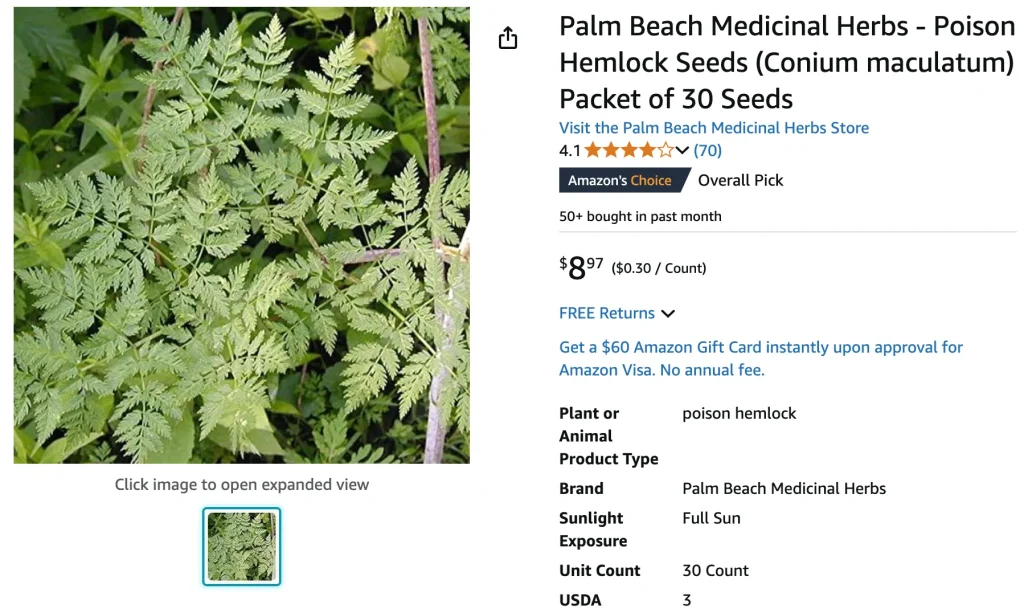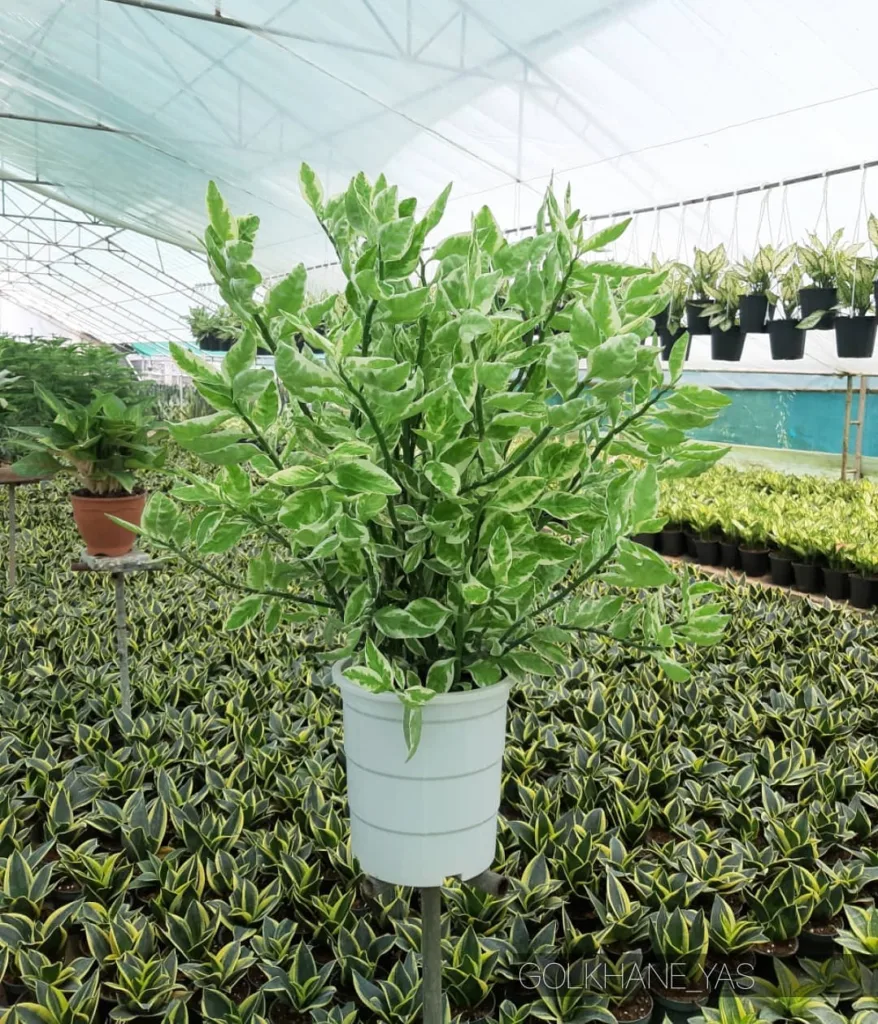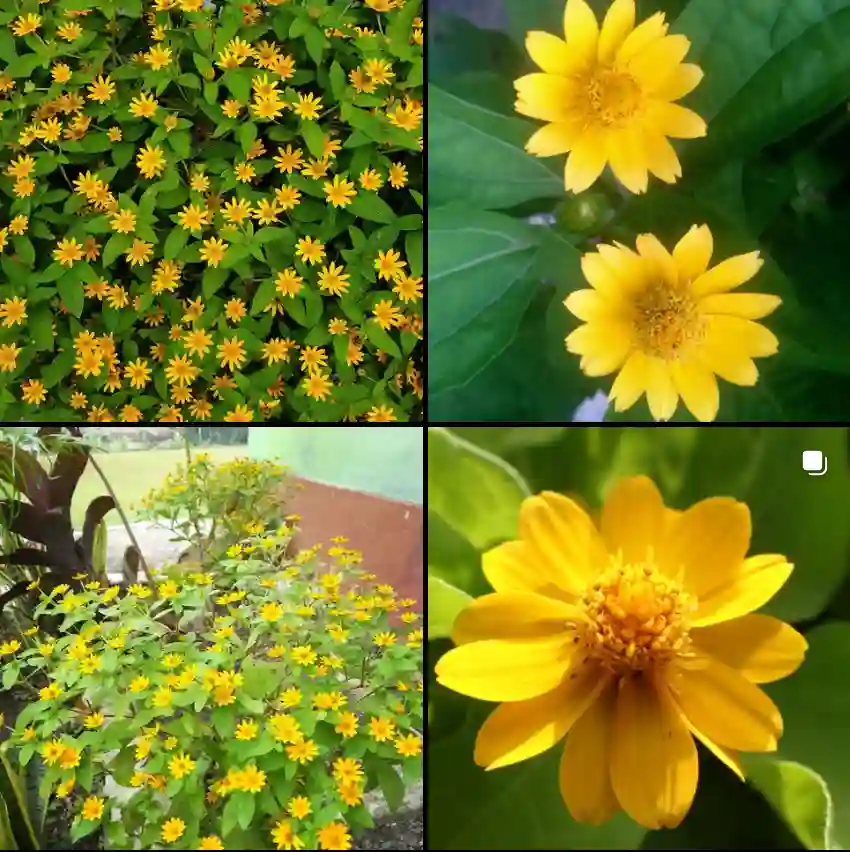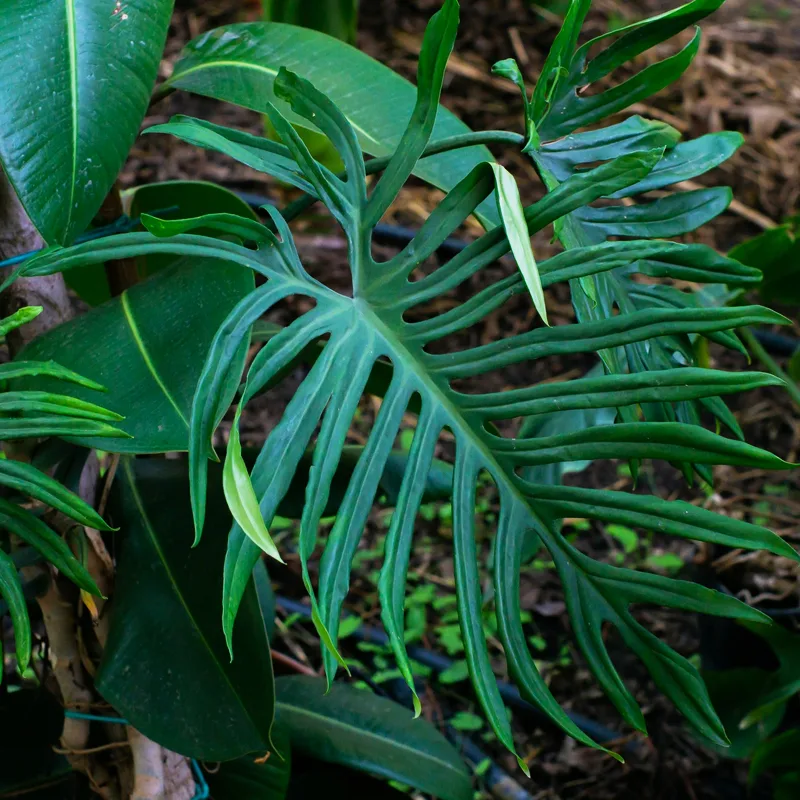
December 10 – Conium
"Conium, the poison hemlock, represents December 10."
Conium symbolizes caution and wisdom. You are aware of the balance between danger and beauty in life. Like its sharp potency, your insights and awareness bring clarity and protection to those around you.
Conium: A Deadly Beauty
I’ve always been fascinated by the natural world, especially the plant kingdom. The sheer diversity of forms, colors, and adaptations never ceases to amaze me. But within this wondrous realm, there exists a darker side, a group of plants that can harm or even kill. One genus that particularly piques my interest is Conium, more commonly known as poison hemlock.
Conium belongs to the family Apiaceae, which also includes more benign members like carrots, parsley, and fennel. However, unlike its edible relatives, Conium harbors a deadly secret: a potent neurotoxin called coniine. This substance disrupts the nervous system, leading to paralysis, respiratory failure, and ultimately, death.
A Notorious History
The genus Conium has a long and infamous history. Perhaps its most famous victim was the Greek philosopher Socrates, who was sentenced to death by drinking a hemlock concoction in 399 BC. This event solidified Conium’s place in cultural lore as a symbol of both death and justice.
But Conium’s toxicity was recognized long before Socrates’ time. Ancient Greek and Roman physicians were well aware of its poisonous properties, and it was occasionally used for medicinal purposes in carefully controlled doses. However, its potential for harm far outweighed its therapeutic benefits, and it eventually fell out of favor as a medicine.
Identifying the Culprit
Conium is a biennial plant, meaning it takes two years to complete its life cycle. In the first year, it forms a rosette of leaves close to the ground. In the second year, it sends up a tall, branching stem that can reach heights of up to eight feet. The stems are often spotted or streaked with purple, a key characteristic that helps distinguish Conium from similar-looking plants.
The leaves of Conium are finely divided and fern-like, resembling those of parsley or carrot. However, unlike these edible plants, Conium leaves emit a distinctly unpleasant, mousy odor when crushed. This odor is another important clue in identifying this dangerous plant.
During the second year, Conium produces small, white flowers arranged in umbrella-like clusters called umbels. These flowers eventually give way to small, dry fruits that contain the plant’s toxic seeds.
Species within the Genus
- Conium chaerophylloides: This species is relatively rare, often found in Mediterranean climates, where it inhabits grassy fields and meadows. Conium chaerophylloides has fine, delicate leaves similar to those of wild carrots, but it is recognized by its small white flowers that form in umbrella-like clusters. Though lesser-known than some of its relatives, it shares the toxic alkaloids typical of the Conium genus.
- Conium divaricatum: Native to certain regions of Europe and Asia, Conium divaricatum is often found in damp, shaded areas near streams and riverbanks. It has a spreading growth habit, with delicate, divided leaves and small, clustered white flowers. This species is considered less aggressive than Conium maculatum but shares the same toxic compounds, which can pose risks to both humans and animals.
- Conium fontanum: This species typically grows in wetland areas and is highly adapted to moist, marshy environments. Conium fontanum has finely divided, feathery foliage, and its inflorescences form dense, attractive clusters. The plant contains the same poisonous properties as other Conium species, and thus requires caution despite its aesthetic appeal in natural landscapes.
- Conium hilliburttorum: Known for its upright habit, Conium hilliburttorum features finely dissected leaves and white, umbelliferous flower clusters that are typical of the carrot family. Found primarily in specific regions of Eurasia, this species thrives in nutrient-rich soils. Although not as widespread as Conium maculatum, it shares similar toxic properties due to its alkaloid content, particularly coniine.
- Conium maculatum: Commonly known as poison hemlock, Conium maculatum is infamous for its high toxicity and historical association with the death of Socrates. It grows vigorously in disturbed areas and can reach up to eight feet tall, producing clusters of small white flowers and marked, hollow stems that are often spotted purple. Its potent alkaloids can be fatal if ingested, and it’s considered invasive in many parts of the world. Plant FAQs: Conium Maculatum – Poison Hemlock
- Conium sphaerocarpum: This species is noted for its small, spherical fruits, which distinguish it from other Conium species. It grows in similar habitats—often moist or disturbed grounds—and has the typical feathery leaves and white flower clusters of the genus. Although not as widely known, Conium sphaerocarpum is toxic and shares the same alkaloid composition, warranting caution when encountered in the wild.
The Dangers of Coniine
The primary toxin in Conium is coniine, a volatile alkaloid that acts on the nervous system. Coniine disrupts the transmission of nerve impulses, leading to muscle paralysis. The initial symptoms of coniine poisoning include nausea, vomiting, and abdominal pain. As the toxin takes hold, the paralysis progresses, affecting the respiratory muscles and ultimately leading to death.
There is no known antidote for coniine poisoning. Treatment focuses on supportive care, such as mechanical ventilation to assist with breathing. If caught early, the chances of survival are relatively good. However, once the paralysis reaches the respiratory muscles, the prognosis is grim.
A Word of Caution
Conium is a highly toxic plant that should never be ingested. All parts of the plant, including the leaves, stems, flowers, and seeds, contain coniine and are potentially lethal. Even touching the plant can cause skin irritation in some individuals.
It is crucial to be able to identify Conium and to avoid contact with it whenever possible. If you suspect you have come into contact with Conium, seek medical attention immediately.
In addition, it’s important to educate children about the dangers of Conium and other poisonous plants. Teach them never to eat any wild plants unless they are absolutely certain of their identity.
Conclusion
Conium is a fascinating yet dangerous plant. Its deadly properties have earned it a place in history and cultural lore. While it’s important to appreciate the beauty and diversity of the natural world, it’s equally important to respect its power and potential for harm. By learning to identify Conium and understanding its toxic effects, we can avoid its dangers and appreciate its place in the intricate tapestry of life.
If i die, water my plants!



